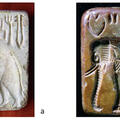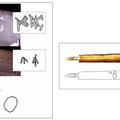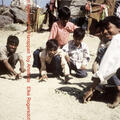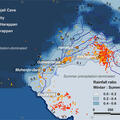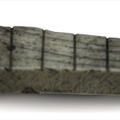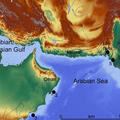Gonur Depe - City of Kings and Gods, and the Capital of Margush Country (Modern Turkmenistan)
One of the most interesting trends to follow around ancient Indus studies is the increasing amount of research and knowledge of neighboring cultures and civilizations in time and place: the ancient Arabian Gulf, Mesopotamia, Central Asia (not to mention South and East India, even Southeast Asia).




